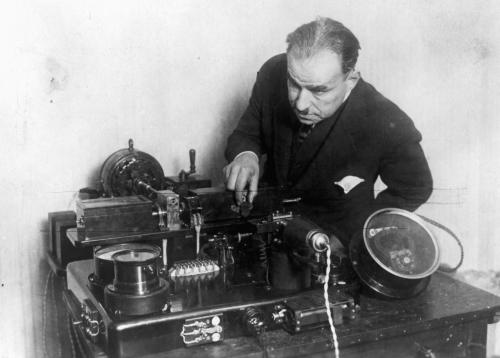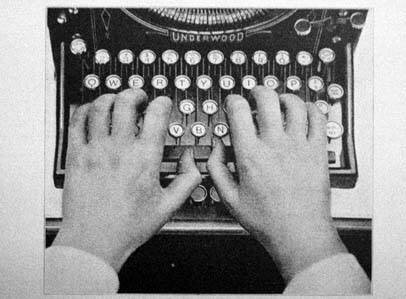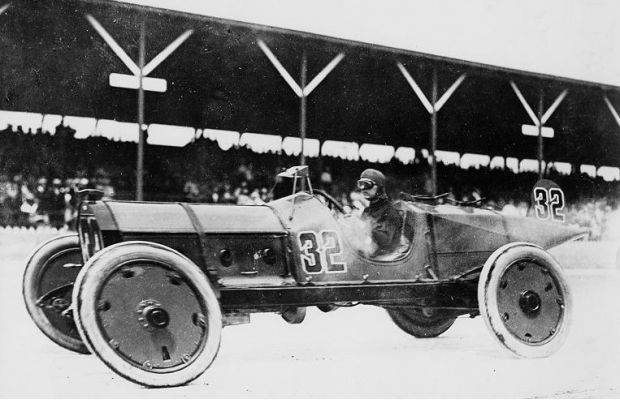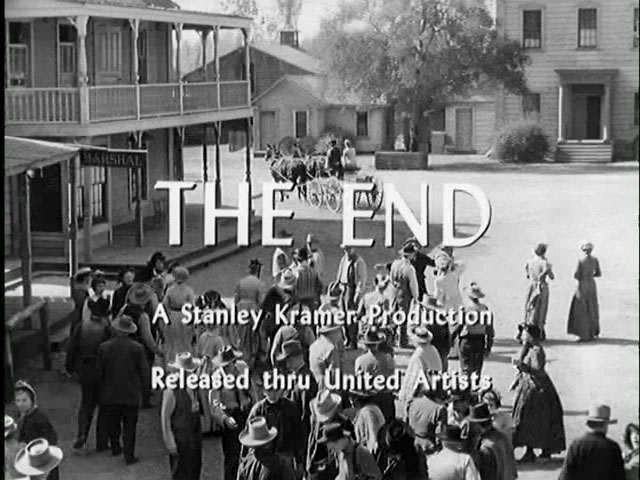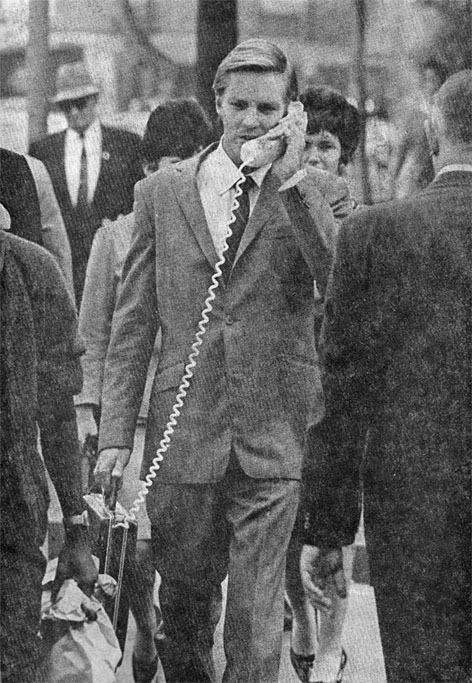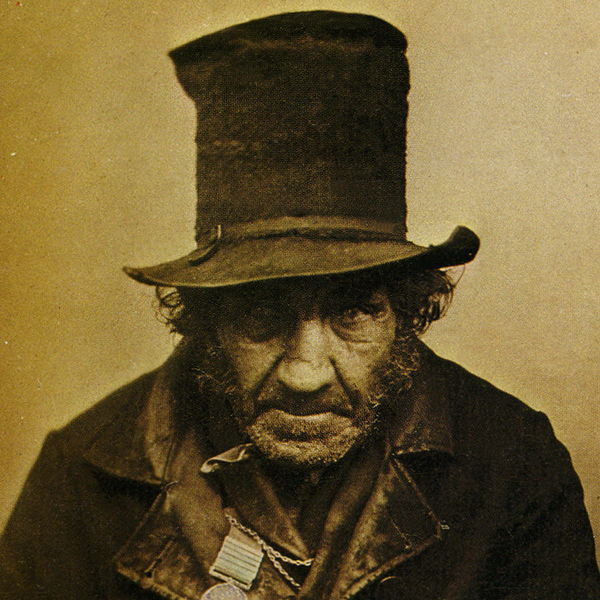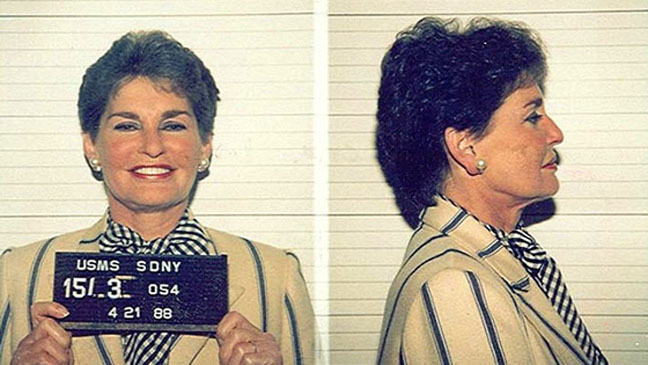In the early years of the twentieth century, Professor Arthur Korn was conducting pioneering research into the development of the fax, which is still popular in certain places. A German of Jewish descent, the professor fled his home country in 1939 and emigrated to America, where he lived out his life. The opening of a November 24, 1907 New York Times article about Korn’s early telecommunications work, done in a time before world wars were even a thing, which seems to have resulted in the first facsimile ever sent:
“With the recent successful demonstration of Prof. Korn’s invention, by which photographs may be telegraphed from one part of the world to another, it seems not improbable that some day we may be able to see distant views through the aid of a telephone wire in the same way that we can now hear distant sounds.
That, at the first glance, may seem an impossibility; but no more impossible than the idea of telegraphing photographs would have appeared before its actual accomplishment.
The remarkable series of tests which demonstrated the practicability of the new invention took place in the office of The London Mirror on Nov. 7. The machine used in the test had been constructed for The Mirror by M. Carpenter of Paris. The receiving instrument was installed in the Paris office by L’Illustration, one of the leading pictorial journals of France.
Photographs–including one of the King–were both sent and received between London and Paris, a distance of 280 miles, and the eminently satisfactory results which were obtained came as a revelation to the distinguished company. Among the guests were several hundred who are prominent in science, art, politics, and journalism. This was the first time that photographs had been telegraphed from one capital to another, and Prof. Korn, the inventor, was the recipient of many congratulations,
The first test was the sending of a photograph of King Edward to Paris, the whole operation taking only six minutes, at the end of which time the signal was given that the picture had been admirably reproduced in the Paris offices of L’Illustration.
Then a photograph was transmitted from Paris. A sensitive film was placed on a receiving cylinder, which is inclosed in a box, and as soon as the current was switched on the film began to slowly rotate and receive an exact copy of the film in Paris–an operation which again occupied six minutes.
The receiving film was then taken off the cylinder and an excellent photograph was printed from it amid the applause of the audience.
In a lecture given after the tests had been completed, Prof. Korn explained the working of his new system of photography. ‘We can now,’ he said, ‘send a not too complicated photograph over very long distances in six to twelve minutes. The problem of television, by which distant views are reproduced in a way similar to that by which we now hear distant sounds, has not yet been solved. Many bright minds are working upon it, but the great difficulty is the speed required. This must be a thousand times greater than the highest speed that has yet been obtained with telephotography.”
_______________________
“The picture you wish to have transmitted is taken to a sending station”:

